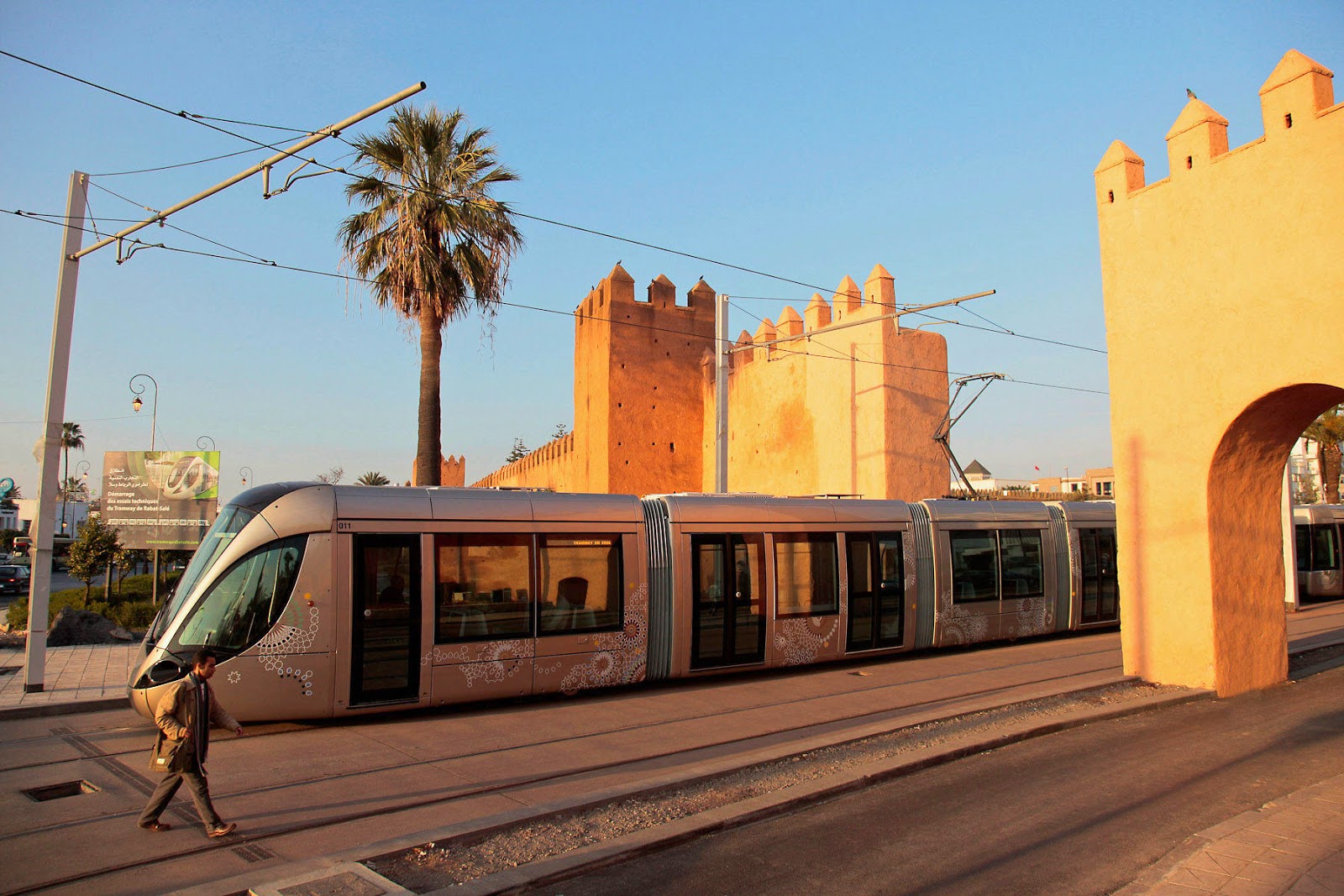- Back to Home »
- History of Rabat City
Posted by : hamid dayf
Saturday, August 16, 2014

We find the first traces of man in Rabat, on the current site of Chellah the eighth century BC.
It was the Romans who gave the name to the place, which is a corruption of the Latin word Sala, the first name given to the river Bouregreg separating the cities of Rabat and Salé. They then installed a river port which disappeared at the end of the Roman Empire. The Berber tribes then moved lower down, on either side of the BOUREGREG.
On the right bank of the river on the rocky outcrop, was erected by monks sodats in the tenth century, a Ribat (fortified monastery) who gave his name to the city. It is from these that ribats Almohad Berber tribes of the High Atlas Islamized lead their holy war. They help to strengthen the Kasbah and make an important stronghold.
We are then in the late twelfth century, Yacoub El Mansour, powerful Almohad ruler wants to Rabat Alexandria Atlantic. He erected the Hassan Tower in the image of the Koutoubia of Marrakech and the Giralda in Seville. It strengthens the kasbah, surrounding two huge walls with five gates.
It is this prestigious award sovereign who definitively the city the name of El Fath Rabat Ribat Victory. But Yacoub El Mansour dies without completing his work and the city loses its luster. The largest mosque in the world, Hassan Tower, will never be finished, it will be seriously damaged after the earthquake of 1755 and gradually fall into disrepair. The end of the Almohad dynasty begin the decline of Rabat. Kasbah remain inhabited, but gradually lost its original purpose. She no longer attract a foreign fauna increasingly important.
Among them, the so-called Andalusians last Moors expelled from Spain in the seventeenth century. These highly Europeanized Arabs have forgotten their ancestral customs. To secure, they build a wall that bisects the Medina, "the wall of the Andalusians." Rabat then gradually becomes a den of thieves and pirates, the seat of trafficking of all kinds. Over the centuries, the city loses its appeal, and should the existence of a royal palace than the insecurity of the imperial road Fez-Marrakech, Rabat then constituting the sovereign for a fallback.
In 1912, when the introduction of the French protectorate, the Resident General Lyautey seduced by the city as much as its climate and strategic location facing the Atlantic, requires the Sultan Moulay Youssef leaving Fez to Rabat and in fact the capital administrative Morocco. The French occupiers modernize the city while retaining its Moorish character, taking care with few exceptions not to damage this wonderful heritage.
In 1956, at the end of the protectorate, Sultan Sidi Moulay Youssef future King Mohammed V Rabat maintains as its capital. His son Hassan II, in 1961, and his grandson, son Mohammed VI in 1999, confirm this choice, while alternating stays in the various palaces of the Kingdom, in the fashion of sovereign Sharifians, across Morocco.
This is how a small town became the capital of one of Africa's largest country. Rabat has now become the second largest city in the country (one million inhabitants with Salé across Bouregreg), the seat of government, parliament, the home of the royal authority.
It takes advantage of its status as capital: the best-kept and most ornate and most opulent of Morocco. But it is a genuine city of Morocco, the opposite of a soulless capital. To convince you, browse these pages and you will find that Rabat is a city full of life, a true representative city of Morocco.

.jpg)
.jpg)












.jpg)


